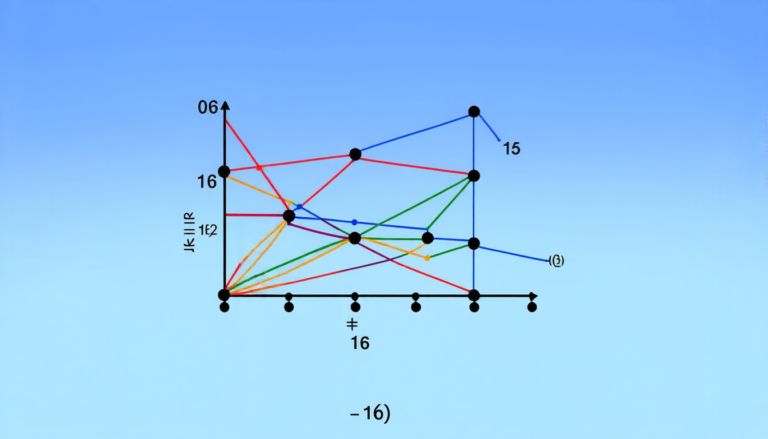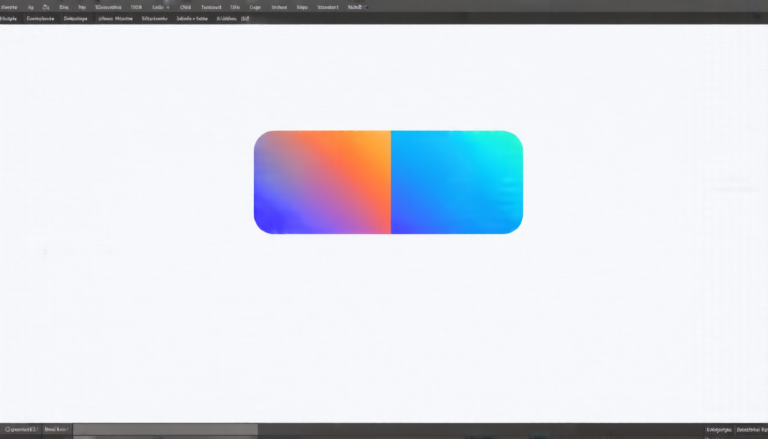Wednesday 09 April 2025
Researchers have made a significant breakthrough in understanding the properties of hypersurfaces, which are high-dimensional surfaces that exist within complex geometric structures known as nearly Kähler manifolds. These manifolds are crucial to our understanding of space and time, and the discovery has far-reaching implications for fields such as physics and mathematics.
A nearly Kähler manifold is a type of geometric structure that combines the properties of two fundamental concepts in mathematics: complex geometry and symplectic geometry. In essence, it’s a way of describing how shapes fit together within a larger space. Nearly Kähler manifolds are particularly interesting because they have some unique properties that set them apart from other geometric structures.
One of these properties is the existence of hypersurfaces, which are surfaces that exist within the nearly Kähler manifold. Hypersurfaces are fascinating objects in their own right, with properties that are different from those found in lower-dimensional spaces like our everyday world. For example, they can have more than one curvature at a given point, whereas in our everyday experience, objects typically only have one curvature.
The researchers studied the properties of hypersurfaces within nearly Kähler manifolds using advanced mathematical techniques. They found that there are certain types of hypersurfaces that exist within these manifolds, and they were able to classify them according to their properties. This classification was a major achievement, as it provided a framework for understanding the behavior of hypersurfaces in different contexts.
One of the key findings was that there are no parallel or totally geodesic hypersurfaces within nearly Kähler manifolds. Geodesics are curved lines that follow the shortest path between two points on a surface, and parallel surfaces are those that have the same curvature at every point. The absence of these types of hypersurfaces has significant implications for our understanding of space and time.
The researchers also found that there are no constant sectional curvature hypersurfaces within nearly Kähler manifolds. Sectional curvature is a measure of how curved a surface is in a given direction, and constant sectional curvature means that the curvature is the same in every direction. The absence of these types of hypersurfaces has significant implications for our understanding of the properties of space and time.
The discovery of these properties has far-reaching implications for fields such as physics and mathematics.
Cite this article: “Unlocking the Secrets of Hypersurfaces in Nearly Kähler Spaces: A Novel Classification”, The Science Archive, 2025.
Hypersurfaces, Nearly Kähler Manifolds, Complex Geometry, Symplectic Geometry, Geodesics, Parallel Surfaces, Constant Sectional Curvature, Space-Time, Mathematics, Physics
Reference: Michaël Liefsoens, “Hypersurfaces of any homogeneous $\mathbb{C}P^3$” (2025).







